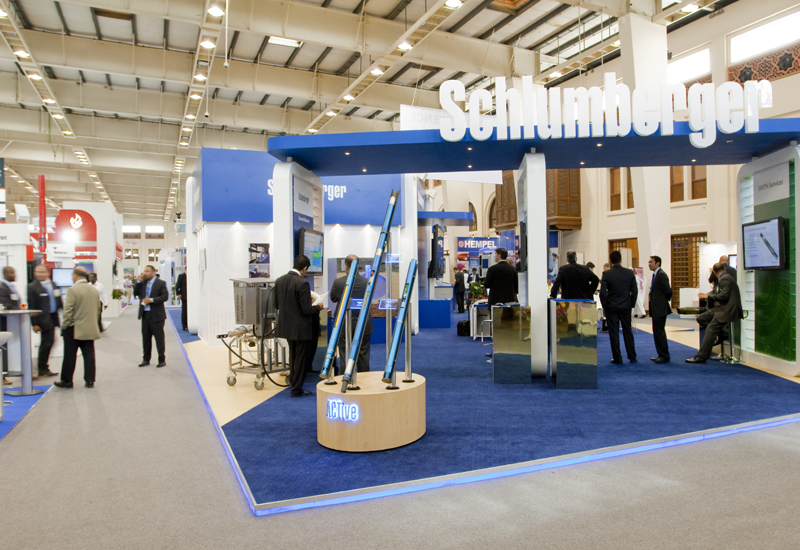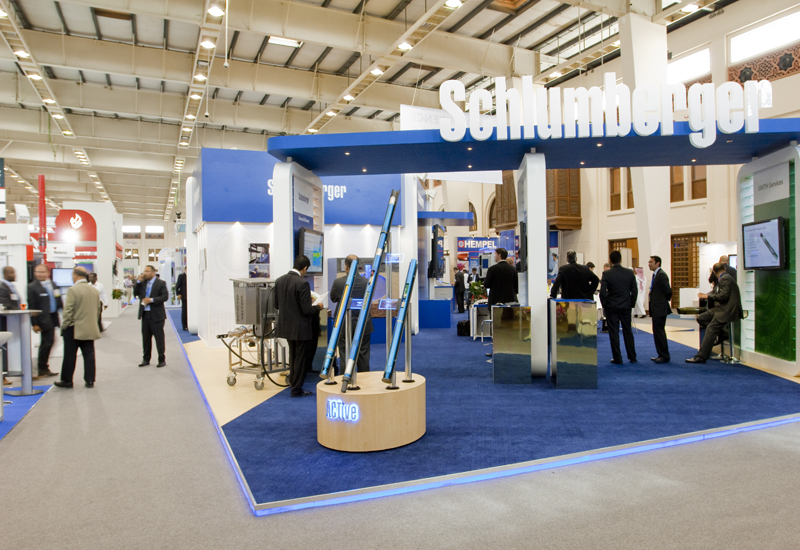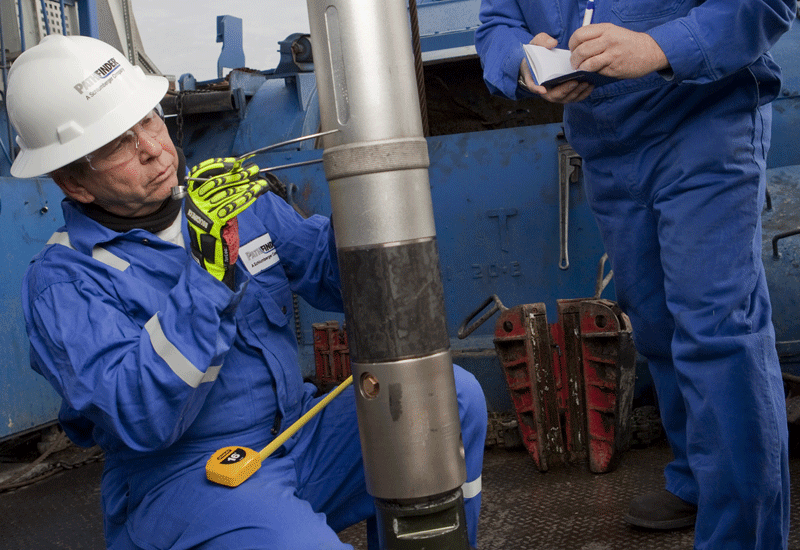Schlumberger has released the 2013 Petrel E&P software platform delivering integrated analysis from exploration to production.
Petrel 2013 brings integration, multiuser collaboration and applied science, including improved petroleum system modeling, structural interpretation and production analytics—as well as additional workflow improvements and productivity enhancements.
“The Petrel multidisciplinary platform incorporates scientific principles, risk analysis and shared knowledge capture across the asset lifecycle to exploit complex reservoirs,” said Uwem Ukpong, president, Schlumberger Information Solutions. “This enables our customers to standardize workflows from exploration to production—and make more informed decisions with a clear understanding of both opportunities and risks.”
The Petrel 2013 platform delivers enhanced integration to address key challenges, for example accurate delineation of subsurface features in pre- and sub-salt reservoirs. The release brings improved salt interpretation workflows, augmented seismic imaging through pre-stack wide azimuth analysis, and improved links with Omega* seismic data processing software.
The introduction of a volume-based modeling approach supports precise representation of geological complexity—to more accurately predict hydrocarbon accumulations. Geomechanical reconstruction validates interpretations in complex depositional environments. Further, geoscientists can now model 1D petroleum systems to determine charge maturity and risk.
The Petrel platform leverages advanced Schlumberger numerical simulators, which now include 3D geomechanical modeling of subsurface stresses, salt tectonics and wellbore stability, providing efficient 3D preproduction geomechanics and 4D modeling of producing fields. Reservoir engineering capabilities support complex well modeling to keep pace with completion design evolution. New production-analytics capabilities enable well performance analysis to diagnose production events and trends.
Petrel 2013 introduces a step-change in software beta test methodology. The Petrel platform architecture now tracks and audits beta testing, so that each of the broad range of capabilities is consistently and comprehensively tested. More than 30 oil and gas companies across the spectrum of majors, independents and national oil companies, as well as internal resources participated, culminating in more than 20 man-years of testing.
The Studio environment for Petrel allows E&P experts to find all relevant data, collaborate with peers and share best practices in the context of their workflow. Innovative indexing technology provides access to structured and unstructured data in Studio databases, as well as third-party applications and data sources.




